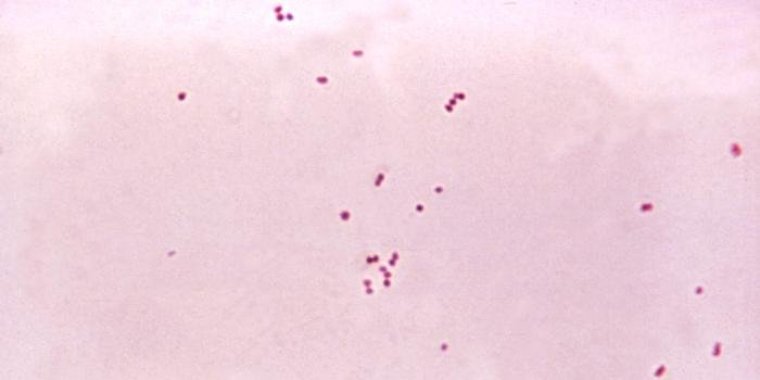| Health / Health News |
Experts Link Fatal Mystery Illness in Liberia to Meningitis Bacteria
U.S. federal health officials say the mysterious illness that has killed 13 people in Liberia came from a bacteria that can lead to the fatal brain disease meningitis.

Neisseria meningitidis diplococcal bacteria. ![]()
At least 31 cases have been discovered in the last two weeks. Thirteen have died.
Samples from four of the fatalities were sent to the U.S. Centers for Disease Control and Prevention after Liberian medical officials were stumped.
But the CDC could not say for sure if meningitis caused the deaths.
Meningitis causes swelling in the brain and spinal cord and can kill within hours.
The bacteria is highly contagious and is spread thorough close contact with the victims.
Liberian officials say most of the 31 patients infected attended the April 22 funeral of a religious leader in Sinoe County. (VOA)
YOU MAY ALSO LIKE




